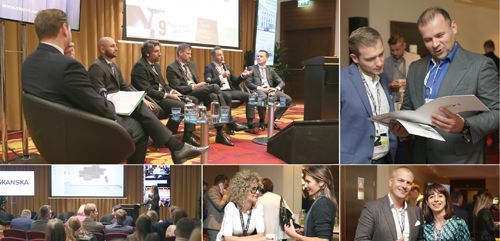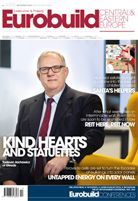The conference opened with a presentation devoted to the new trend of biophilic office design – which was given by Halina Kamińska, the CEO of Florabo. “With the latest technology and cultivation techniques, our offices can now be made to resemble lush gardens filled with plants, but in such a way that they don’t clutter up the space and make it a less efficient space to work in,” she claimed.
The first discussion panel, which was moderated by Mikołaj Sznajder, the head of the office advisory and transaction services at CBRE in Warsaw, was looked at Poland’s regional office markets. “Entering large provincial cities in Poland is easier than, for example, debuting on such regional markets in France. The big secondary Polish cities are now mature, dynamic markets that provide many investment possibilities, whereas the French market remains strongly centralised,” claimed Matthias Brodesser, the head of international transaction management at Wa































































